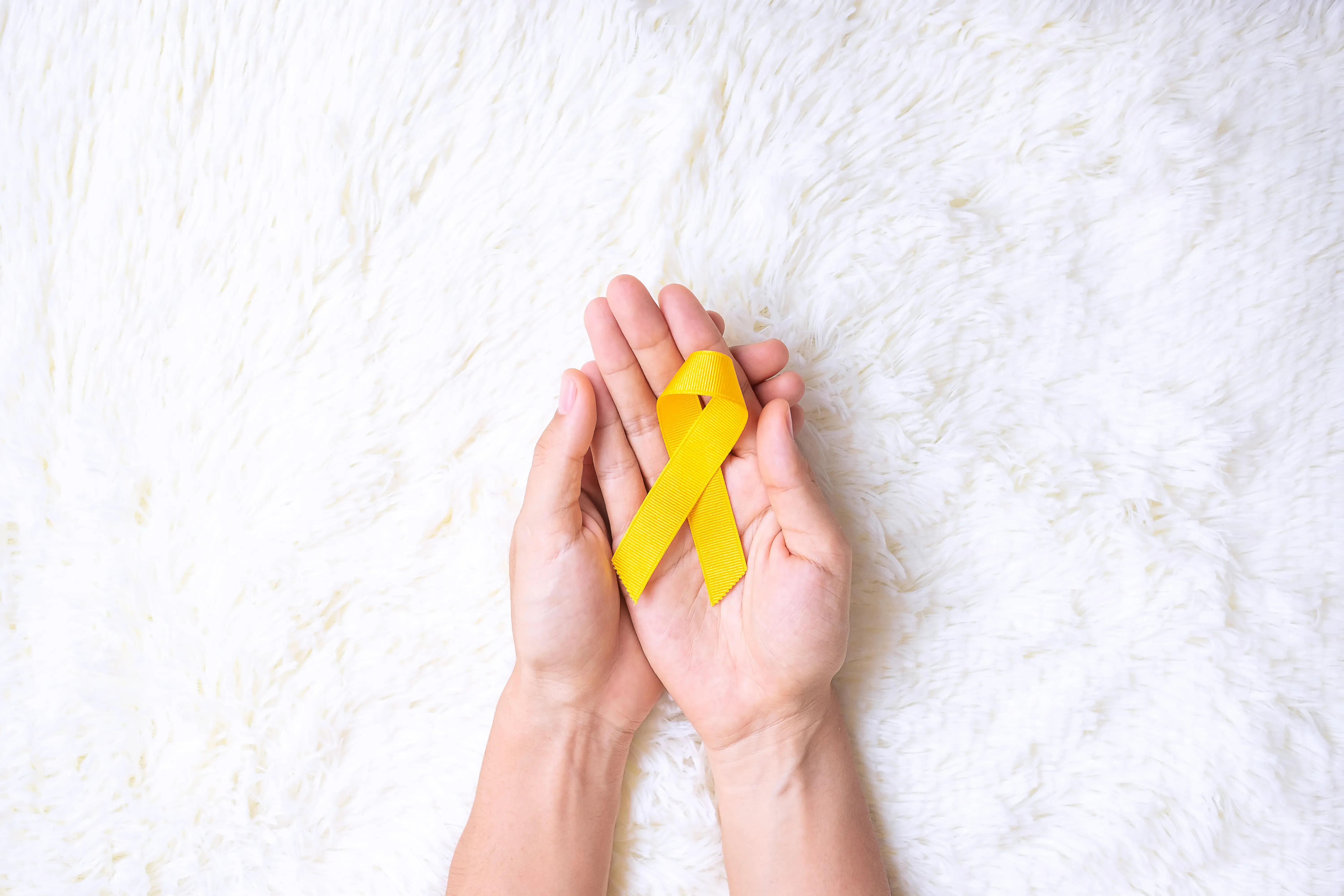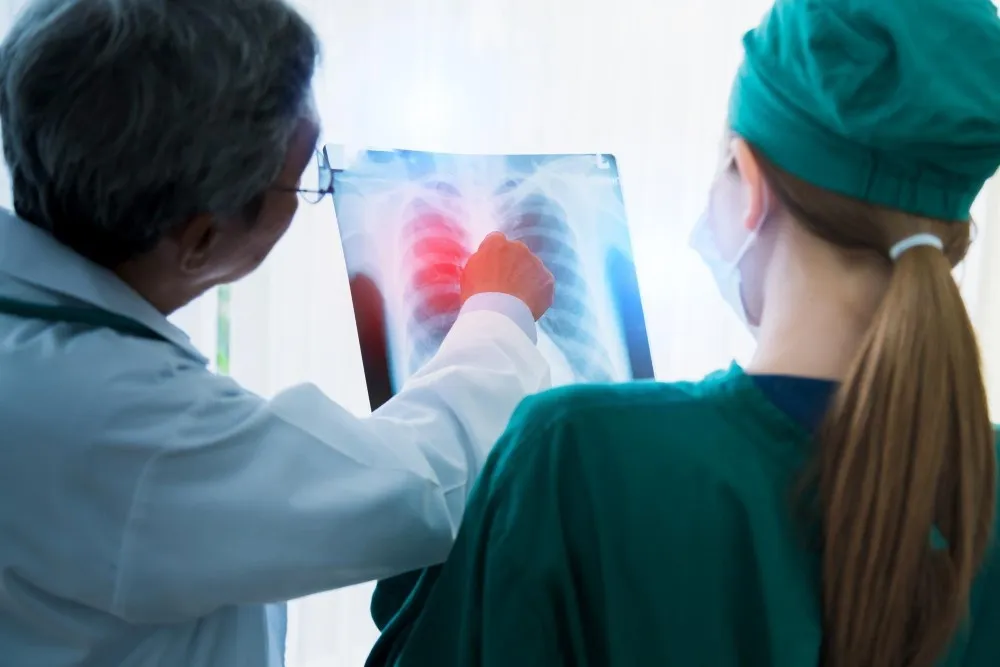Sarcoma usually grows in connective tissue. It is the rarest carcinoma. It is generally found in bones, muscles, tendons, cartilage, and blood vessels of the legs, arms, or other body parts. 50 types of sarcoma are mainly grouped into two: first is soft tissue, and second is bone sarcoma. There are many soft tissues in the body. The chances are also increased to develop sarcoma.
In this blog, I will explain the Sarcoma Cancer symptoms, causes, types, and treatment.
The signs and symptoms change according to the type of sarcoma. However, there are some common Sarcoma symptoms that help to diagnose the condition given in the following:
What is Sarcoma?
A sarcoma is a cancerous tumor primarily seen in the connective tissue, such as fat, muscle, blood vessels, nerves, and tissue. It supports and protects the bones and joints. Some symptoms depend upon the size of the tumor inside the body. Sarcoma is mostly found in the- 40% in lower extremities
- 15% in upper extremities
- 30% in the trunk or chest, or abdomen
- 15% in head and neck
What are the potential Causes of Sarcoma?
Sarcoma is mainly formed when immature bones start growing to mature ones. At that moment, they develop their mature cells, which cause mass or tumors that invade the tissues. Cancer can travel through the bloodstream, and the lymphatic system forms the location to develop in other organs. Also, Read 6 Tips on How To Prevent Breast Cancer Naturally?Symptoms of Sarcoma Cancer -
- Lump or swelling
- The painful tumor affects nerves, muscles, or surrounding tissue.
- Gastric tumors that cause bleeding in the stool
- Abdominal pain
- Weight loss
- Pain in the bones in case of osteosarcoma
- Weak or brittle bones
- Bone swelling
Types of Sarcoma -
- Angiosarcoma - This is a rare type of cancer that develops in the inner lining of blood vessels.
- Chondrosarcoma - it is a cancer that usually starts in the bones and can spread through connective tissues.
- Dermatofibrosarcoma protuberans - These are mainly found in the middle layer of skin in connective tissues.
- Desmoplastic small round tumors - These mainly grow in the abdomen and pelvic area.
- Epithelioid sarcoma - it is a slow-growing tissue that starts in soft tissue.
- Ewing's sarcoma - The type of Sarcoma is mainly seen in children and young adults, typically in the legs, bones, and pelvis.
- Gastrointestinal stromal tumor - cancer originates from the gastrointestinal tract. Mainly the abdomen and intestines get involved.
- Kaposi's sarcoma - the lesions start growing in the skin, lymph nodes, and internal organs.
- Leiomyosarcoma - cancer develops in the smooth muscles and hollow organs like the stomach, intestine, blood vessels, and bladder.
- Liposarcoma - the sarcoma develops in the fat cells and muscles of the limb and abdomen.
- Malignant peripheral nerve sheath tumor - in this type of cancer, the sheath is formed and covers the peripheral nerves.
- Myxofibrosarcoma - cancer that starts from connective tissue.
- Osteosarcoma - Cancer mainly occurs in the long bones like arms and legs.
- Rhabdomyosarcoma - cancer appears in the soft tissue, skeletal, and sometimes hollow organs.
- Soft tissue sarcoma - cancer begins in the tissue that helps to connect, support, and surround the body parts.
- Solitary fibrous sarcoma - soft tissue cancer can form anywhere in the body.
- Synovial sarcoma - cancer found in different types of muscle and ligaments.
- Undifferentiated pleomorphic sarcoma - cancer commonly found in the retroperitoneum.
Risk factors of sarcoma -
- Inherited syndrome: in some disease conditions, cancer risk is high. For example, family problems like retinoblastoma and neurofibromatosis increase the possibility of cancer.
- Radiation therapy: radiation therapy interferes with genes, skin, and tissue, which leads to high chances of sarcoma.
- Chronic swelling: many chronic inflammatory disorders like lymphedema block the lymphatic system entirely and increase the chance of cancer.
- Chemical exposure: herbicides and pesticides are the most toxic substance which increases the risk of sarcoma.
- Exposure to the virus: there are many viruses, but the most common is herpesvirus 8, which causes sarcoma called Kaposi Sarcoma. This weekend the whole immune system.
- Paget's disease is a bone disorder
- Genetic histories like neurofibromatosis, Gardner syndrome, retinoblastoma, or Li-Fraumeni Syndrome
Also, read about Colon Cancer Causes and blood cancer symptoms
Diagnosis of Sarcoma -
There are many ways that we can diagnose sarcoma through various imaging methods. Your healthcare provider will give you further test advice, which helps to confirm the exact site and size of the sarcoma.- X-Ray: it captures the bones and tissues inside the body.
- Computed tomography is an X-ray used in the cross-sectional view to see the inside of the body.
- Magnetic Resonance Imaging: the radio waves show a clear image of the inside body.
- Bone scan: a radioactive injection injected into the disorder of the bone.
- PET scan: special glucose is used to check the amount of glucose that mostly clings with cancerous cells.
- Biopsy: the provider removes a piece of tissue to test in a further lab under the microscope.
The stages of sarcoma -
Cancer staging is a crucial part of knowing the sarcoma's severity. According to this, treatment is recommended to the patients. The TNM classification is mentioned below: T: the size and location of the primary tumor N: cancer has involved nearby lymph nodes M: cancer has spread to other organsTreatment options are available for Sarcoma -
There are many treatments according to the degree and type of sarcoma. It depends on what your healthcare provider suggests to you.- Surgery: the surgery involves limb salvage, metal replacement, bone removal, or amputate the affected leg.
- Radiation Therapy: internal radiation called brachytherapy could be used to shrink the tumor size.
- Chemotherapy: health care provider provides the chemotherapy according to size and the location of the disease.
- Targeted therapy: it directly attacks the cancerous cells.
- Immuno Therapy: it boosts immunity because sometimes chemotherapy weakens immunity.
- Thermal ablation: the heat destroys the mass.
- Palliative Care: in this field, pain is a priority. All the supporting medications are given to the patients to reduce the severity of the pain.
- Clinical trials: healthcare providers would advise you to take part in clinical trials.
FAQs -
Outlook -
In this above article, I have explained sarcoma cancer, what it is, its causes, types, diagnosis, staging, and treatment. Though it is a rare condition, it still needs preparation from them which triggers this condition. It may be pretty painful for those who are affected by nerve damage. There are many ways that you can overcome your situation. If your symptoms worsen, confirm with your doctor if you are still struggling to find the doctor. You can contact the Credihealth team. They will guide you through the services. Find out what treatment options are available for cancer patients at Narayana Hrudayalaya Ahmedabad. Learn about the services and treatments offered by this hospital.Frequently Asked Questions
What is the leading cause of sarcoma?
The exact cause of sarcoma is still unknown. However, I have seen that there are tissues that change the DNA.
What is the best treatment for sarcoma?
The treatment depends upon the severity and type of sarcoma. If a tumor is larger than 5 cm, it is treated with surgery and radiation therapy.
Does sarcoma cause death?
The deaths are pretty average. The sarcoma primarily depends on whether it is metastatic and has involved many organs. It would be dangerous for the people.

Reviewed by








